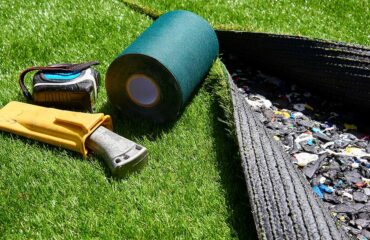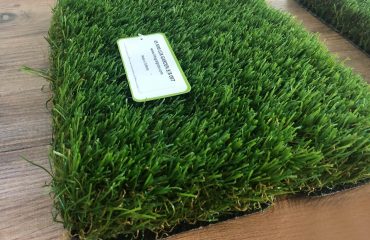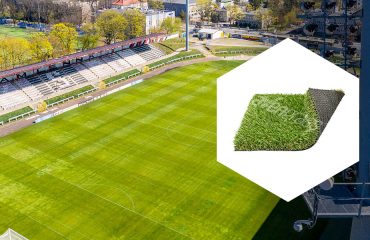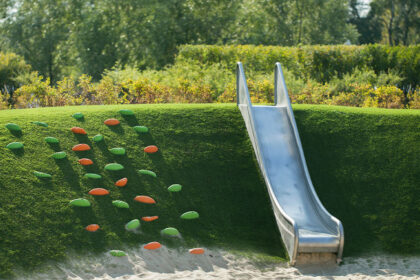
When it comes to creating a safe, functional, and aesthetically pleasing playground for children, the choice of surfacing material plays a crucial role. Among the various options available, artificial grass has gained significant popularity in recent years. This blog post will explore the benefits of using artificial grass for playgrounds, the structure and installation process, how it compares to natural grass, and specifically, the advantages of artificial grass for children.
Structure of Artificial Grass
Artificial grass is designed to mimic the appearance and feel of natural grass while offering enhanced durability and low maintenance. It typically consists of several layers:
- Backing Layer: The foundation of artificial grass, made from strong synthetic materials, provides stability and supports the weight of the turf.
- Drainage Layer: This layer allows water to flow through the grass, preventing puddles and ensuring that the surface remains dry and safe for play.
- Turf Fibers: The top layer consists of polyethylene or polypropylene fibers that replicate the look and texture of natural grass. These fibers are designed to withstand wear and tear, making them ideal for high-traffic areas like playgrounds.
- Infill Material: Infill, usually made of rubber or sand, is added between the turf fibers to provide cushioning and stability, making the surface more comfortable for children to play on.
This layered structure ensures that artificial grass can endure the rigors of playground activity while providing a safe and inviting environment for kids.
Products Used in Artificial Grass Installation
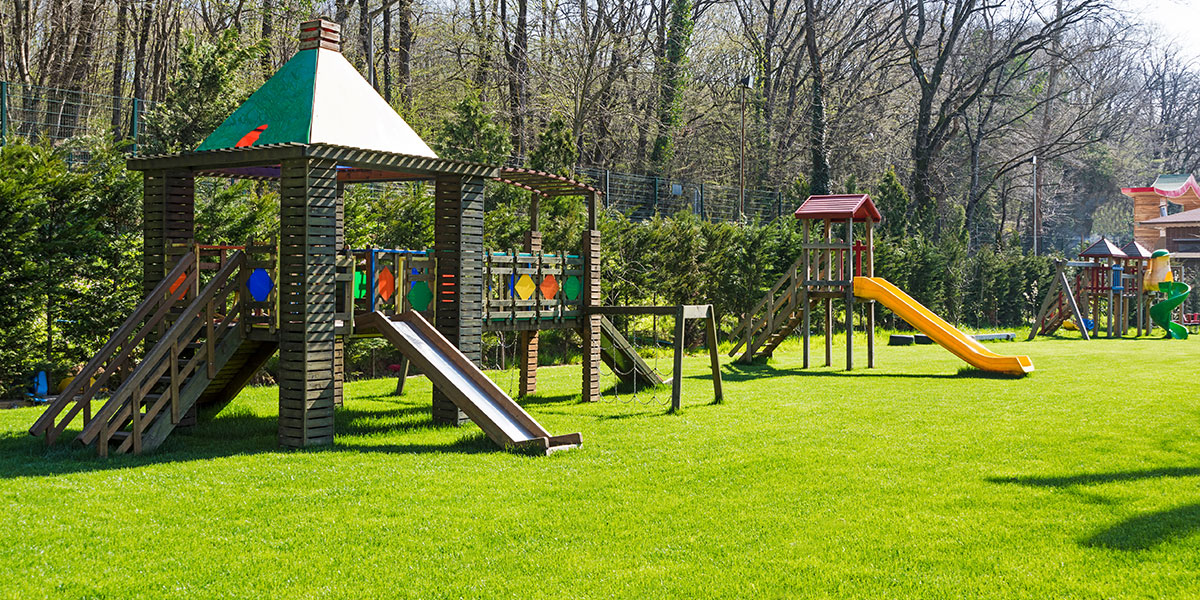
The installation of artificial grass requires various products and materials to ensure the best results. Some key products include:
- Artificial Grass Rolls: Available in different colors, textures, and heights, these rolls are the primary component of any artificial grass installation.
- Adhesives: Specialized adhesives are used to secure seams and joints, ensuring a seamless finish.
- Infill Materials: As mentioned earlier, infill materials like rubber granules or sand enhance the durability and cushioning of the surface.
- Base Materials: Crushed stone or gravel is often used to create a stable base for the artificial grass, providing proper drainage and support.
- Installation Tools: Tools such as turf cutters, seam tape, and lawn rollers are essential for a successful installation process.
By selecting high-quality products and materials, you can ensure that your artificial grass installation is both visually appealing and functional.
How to Install Artificial Grass?
Installing artificial grass requires careful planning and execution. Here’s a step-by-step guide to help you through the process:
- Site Preparation: Begin by clearing the area of any debris, grass, or weeds. Make sure the surface is level and compacted to prevent uneven settling later.
- Base Installation: Lay down a base layer of crushed stone or gravel to facilitate drainage. Compact the base thoroughly to create a solid foundation for the grass.
- Cutting the Grass: Roll out the artificial grass over the prepared base. Cut the grass to fit the area, ensuring that seams are aligned correctly.
- Securing the Grass: Use adhesive and seam tape to secure the edges and seams of the grass. This will prevent lifting and create a seamless appearance.
- Infill Application: Once the grass is installed, spread infill material evenly across the surface. Use a lawn roller to help the infill settle into the fibers, enhancing stability and cushioning.
- Final Inspection: Conduct a thorough inspection to ensure everything is secure and properly installed. Make any necessary adjustments before the playground is opened for use.
By following these steps, you can achieve a successful artificial grass installation that will provide a safe and enjoyable environment for children.
Why Choosing Artificial Grass for Your Playground
Choosing artificial grass for your playground comes with numerous benefits:
- Safety: Artificial grass provides a soft, cushioned surface that reduces the risk of injuries during play. The infill materials used enhance shock absorption, making it a safer option compared to harder surfaces.
- Durability: Unlike natural grass, artificial grass can withstand heavy foot traffic and adverse weather conditions without becoming muddy or damaged. This makes it a reliable choice for playgrounds that see a lot of activity.
- Low Maintenance: Artificial grass requires minimal maintenance compared to natural grass. There’s no need for mowing, watering, or fertilizing, which saves both time and resources.
- All-Weather Usability: With artificial grass, playgrounds can remain functional and safe to use year-round, regardless of weather conditions. This ensures that children have a safe place to play, no matter the season.
- Aesthetic Appeal: Artificial grass maintains its vibrant color and lush appearance throughout the year, enhancing the overall aesthetic of your playground.
Benefits of Artificial Grass for Children
Using artificial grass specifically benefits children in several ways:
- Comfort: The soft surface of artificial grass is gentle on the skin, reducing the risk of scrapes and cuts. This makes it an ideal choice for active play.
- Cleanliness: Artificial grass does not produce mud or dirt, helping to keep children clean during playtime. This is especially beneficial for younger children who tend to get dirty quickly.
- Reduced Allergens: Unlike natural grass, which can harbor pollen and other allergens, artificial grass minimizes allergic reactions, making it a healthier environment for children with sensitivities.
- Consistent Playing Surface: Artificial grass provides a uniform surface that is free from dips, holes, or uneven patches, promoting safer play and reducing the risk of falls.
- Encourages Outdoor Activity: A vibrant, inviting playground encourages children to spend more time outdoors, promoting physical activity and social interaction.
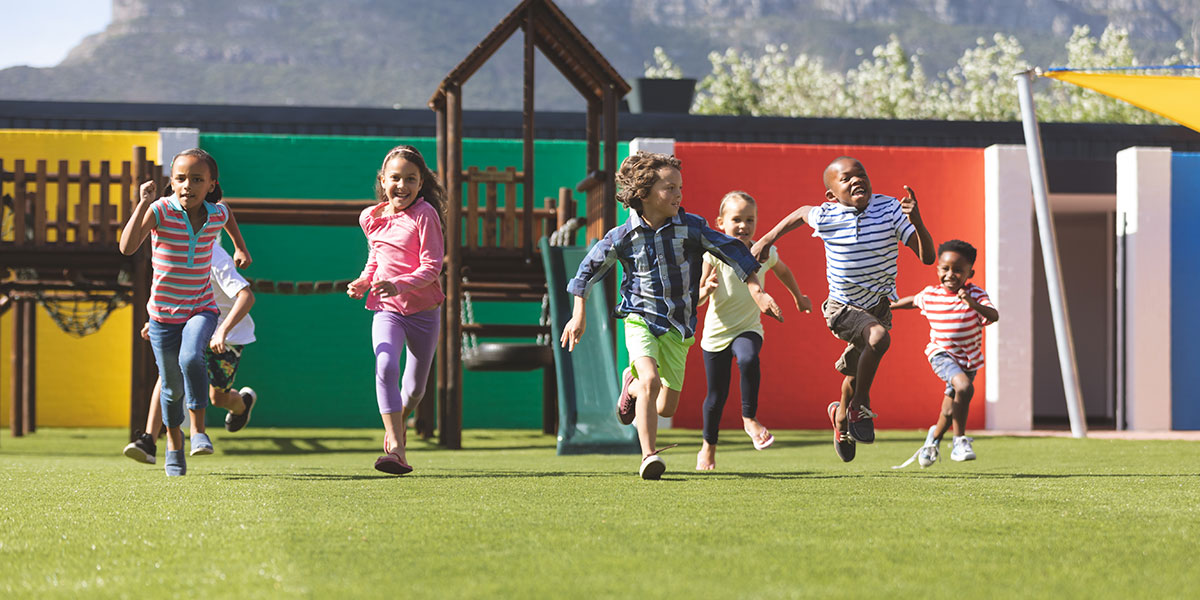
Usage Areas of Artificial Grass
Artificial grass is versatile and can be used in various settings beyond playgrounds, including:
- Sports Fields: Ideal for soccer, football, and other sports where a durable surface is needed.
- Backyards: Homeowners can create beautiful green spaces without the hassle of maintenance.
- Commercial Spaces: Businesses can enhance their outdoor areas with artificial grass to create inviting environments for customers.
- Rooftops and Balconies: Artificial grass can transform unused spaces into green retreats in urban settings.
Comparison of Artificial Grass and Natural Grass
When comparing artificial grass and natural grass, several factors come into play:
- Maintenance: Natural grass requires regular mowing, watering, and fertilizing, while artificial grass needs minimal upkeep.
- Durability: Artificial grass is more durable than natural grass, particularly in high-traffic areas. It doesn’t wear down or become patchy as natural grass can.
- Cost: While the initial investment for artificial grass installation may be higher, the long-term savings on maintenance and water usage can make it more cost-effective.
- Environmental Impact: Natural grass can provide ecological benefits, such as improving air quality and supporting biodiversity. However, artificial grass does not require water, reducing the environmental footprint in water-scarce areas.
In conclusion, choosing artificial grass for your playground offers numerous advantages, including safety, durability, low maintenance, and specific benefits for children. By understanding the structure, installation process, and benefits of artificial grass, you can make an informed decision that creates a safe and enjoyable play environment for children. If you’re considering an artificial grass installation, Integral Grass is here to help you every step of the way!
